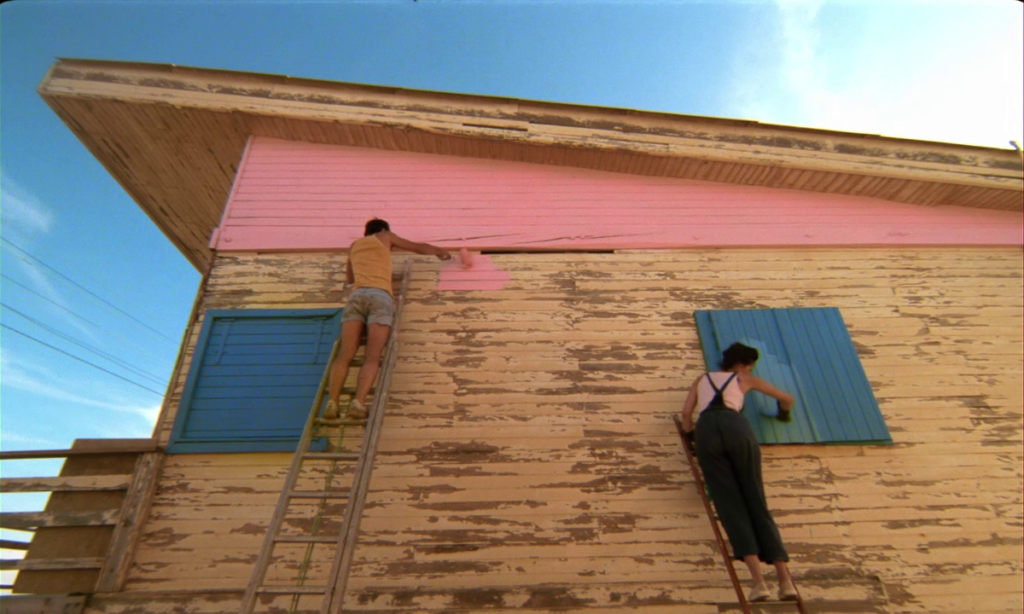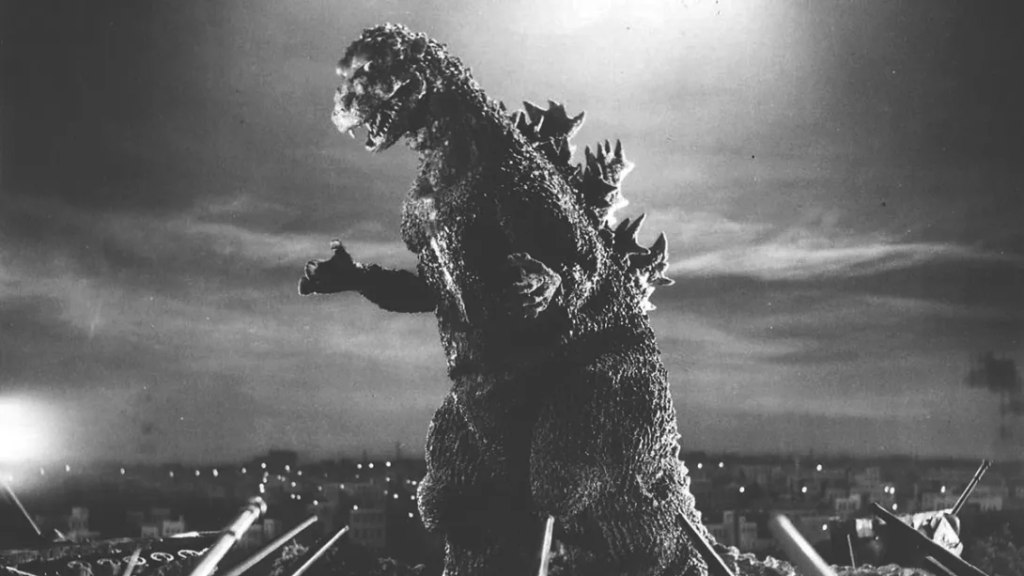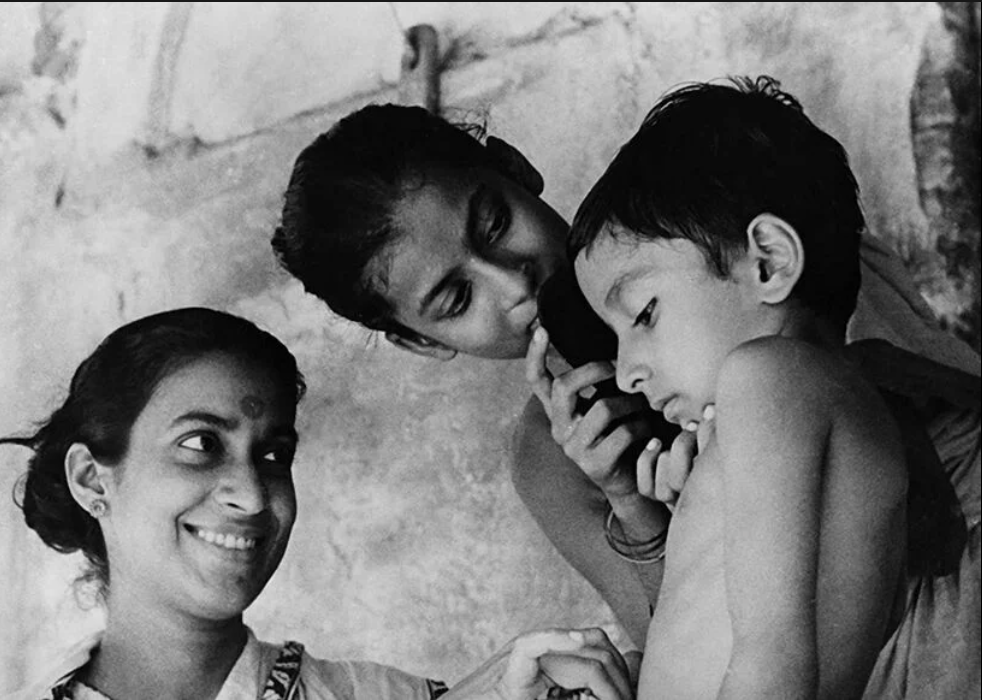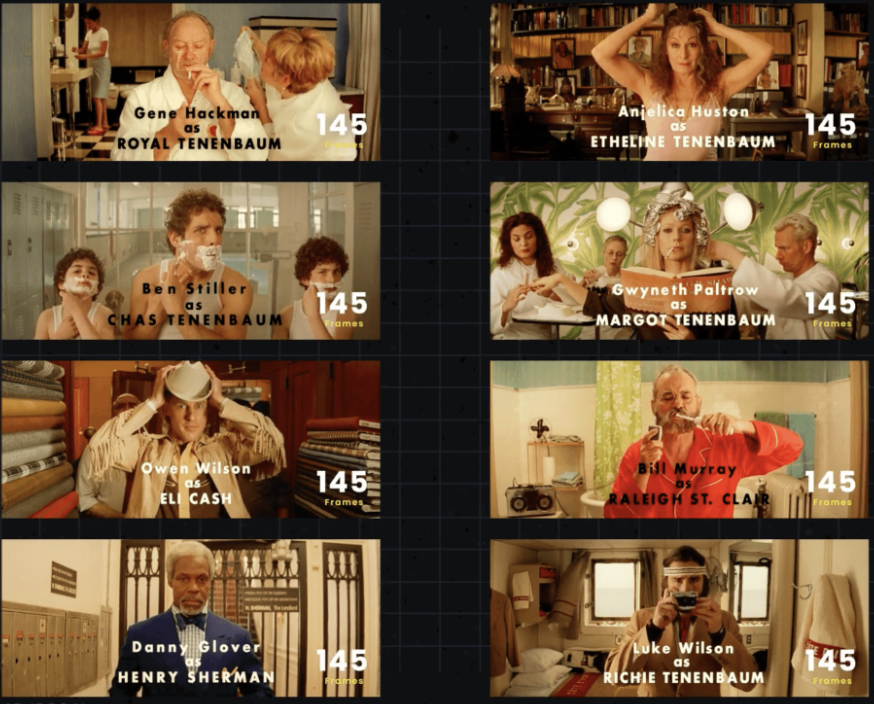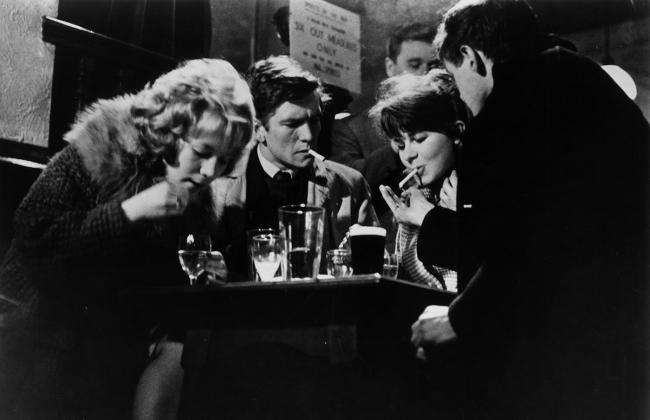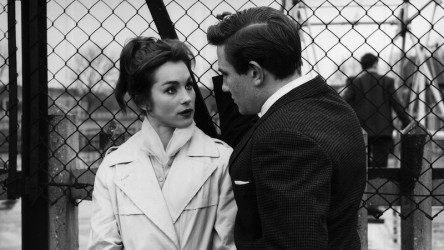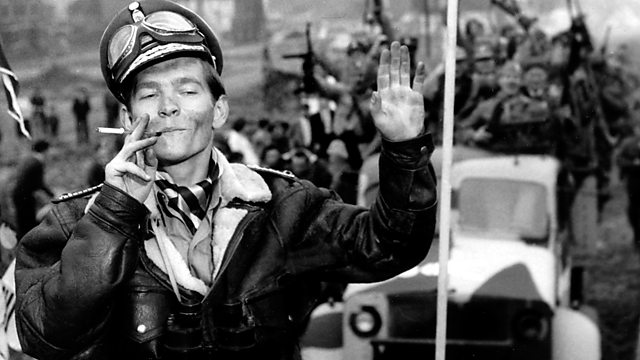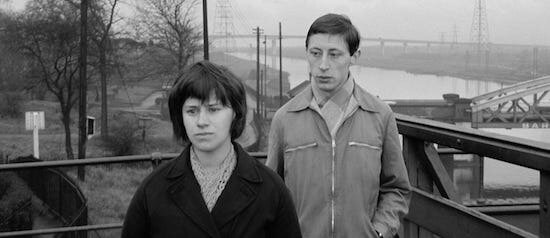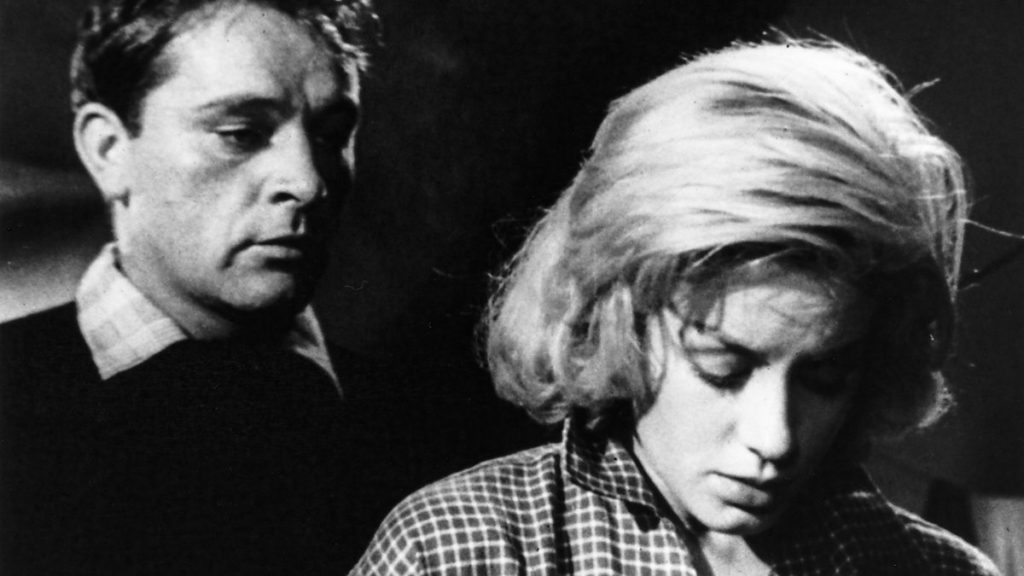
Cinema Du Look was a French Movement in Cinema that was observed between the 1980s and 1990s.
Origins & Style:
The Cinema Du Look movement focused on a film’s theme over its narrative, character’s style over their importance in plot. The genre was renowned for being focused on distinct visual style.
French President Francois Mitterand was controversial across France, especially his policies towards young people that caused further uproar and unrest in cities such as Paris. Directors in the Cinema Du Look moment wanted to empower and represent this ‘New Future for France’ through Cinema Du Look and its alienated young Characters.
Key Films & Directors:
‘Leon: The Professional’ – Luc Besson, (1994).
Luc Besson was a famed advocate for the movement, in his film ‘Leon: The Professional’, released in 1994, many conventions of the movement are displayed.
While the narrative is slim and predictable considering the genre, Besson focuses primarily on the look of the film. Leon & Mathilda are two incredibly distinct looking characters with unique backstories & personalities.
’37°2 le matin’ – Jean Jacques Beineix, (1986).
Released in 1986, ’37°2 le matin’, (or ‘Betty Blue’ in English), tells the dramatic and psychological story of two doomed lovers Betty & Zorg.
Beineix very cleary demonstrates the narrative conventions of Cinema Du Look, as Betty displays many extreme episodes of violent drama, alongside Zorg. The plot is very extreme & often the psychological aspects of the film sidetrack the plot, with lengthy scenes of violence juxtaposed with romance showing the films categorization as Cinema Du Look.
‘Les Amants du pont-neuf’ – Leos Carax, (1991).
Detailing the love story between a circus-performing alcoholic and a painter who’s slowly turning blind; ‘Les Amants du pont-neuf’ is a film that focuses on the style in Cinema Du Look.
Famously, in the ‘Lovers on the Bridge’ Sceene, (in which the film is named after), a blend of score, acting, tracking and mise-en-scene in the form of perfectly timed fireworks highlights the free-living and romantic message the film puts across the viewers.
Overview:
Overall, it is evident that Cinema Du Look was a movement of romanticizing everyday life for viewers; the mundane of an assassin and an orphaned girl hiding for survival, a tragic & violent love story, as well as two faulted lovers on the dirty streets of Paris: all of these narratives are glossed up and made to feel ‘like a movie’, (despite being films there’s also feeling like a film), that is exaggerate to wipe away the monotony of viewers’ everyday lives.

